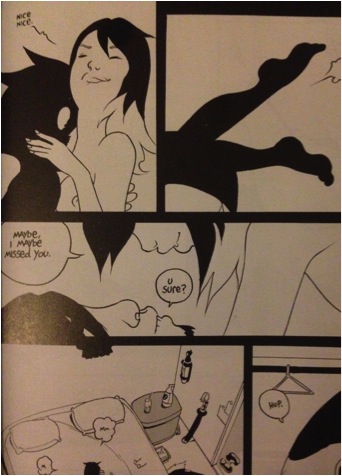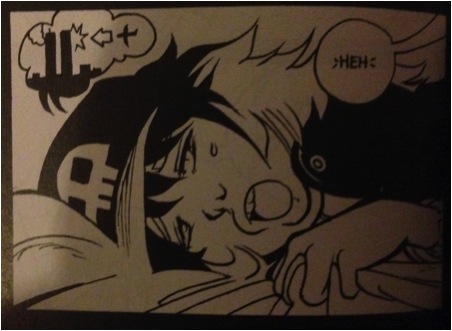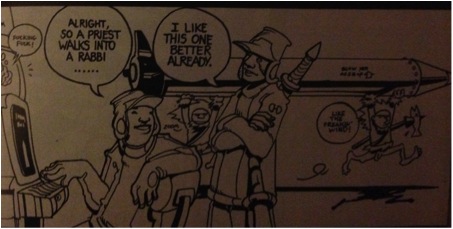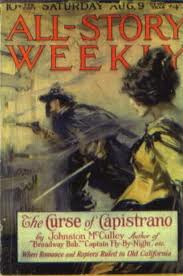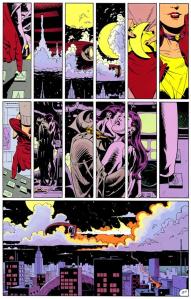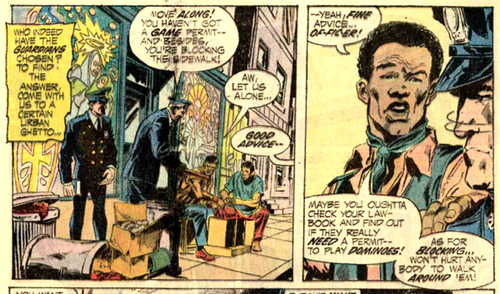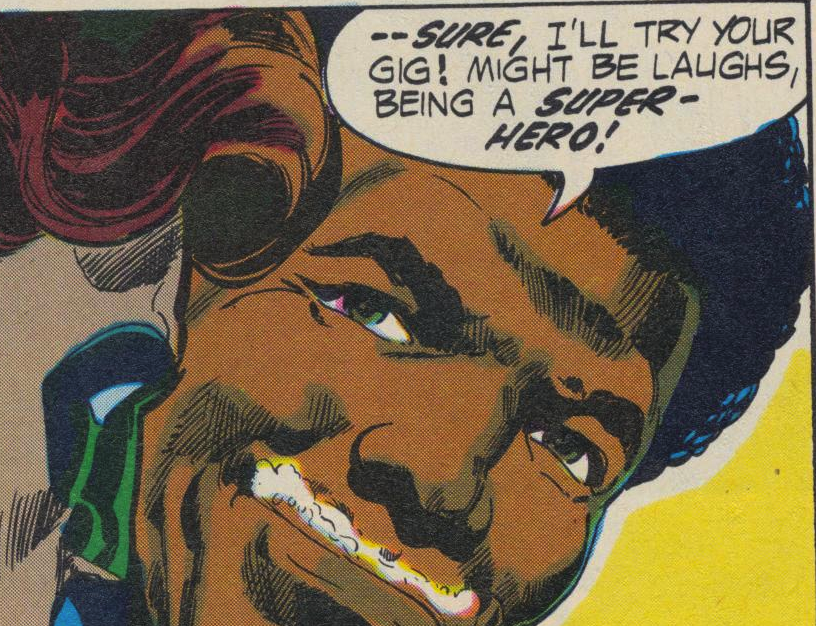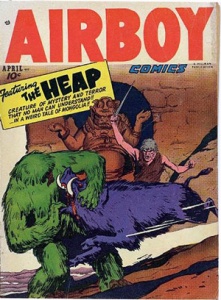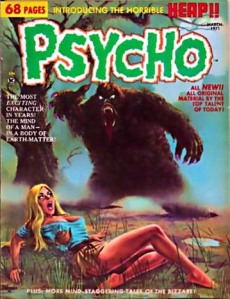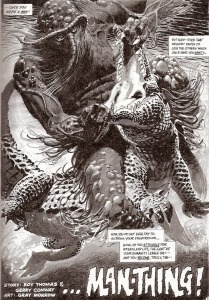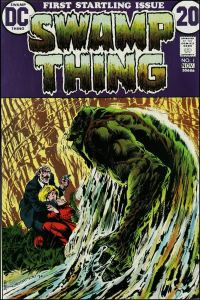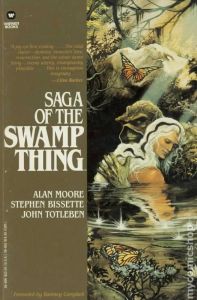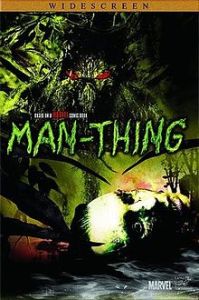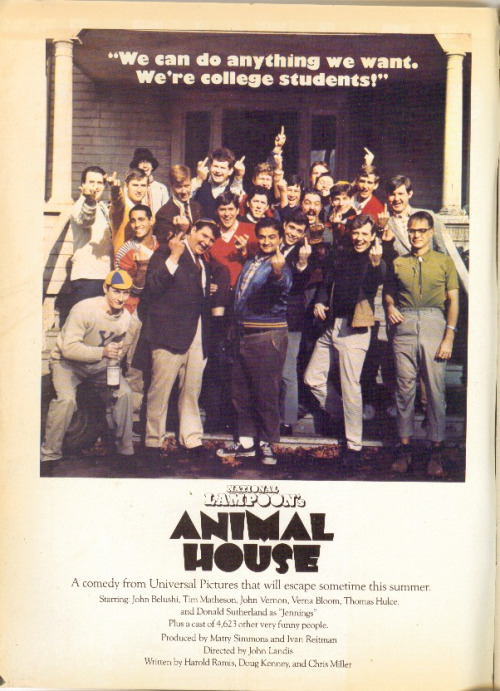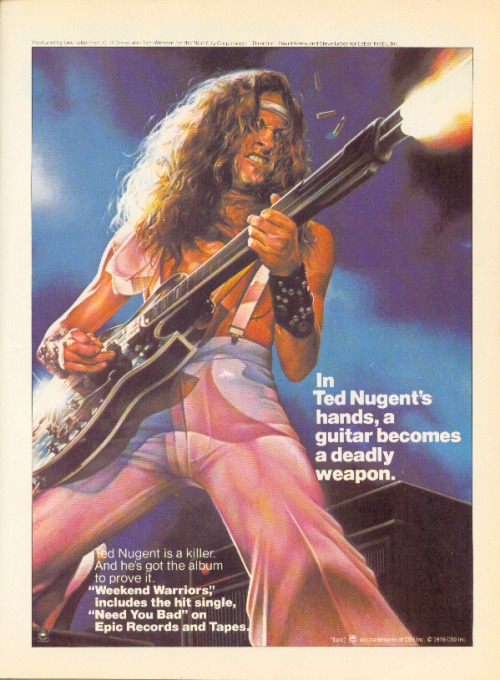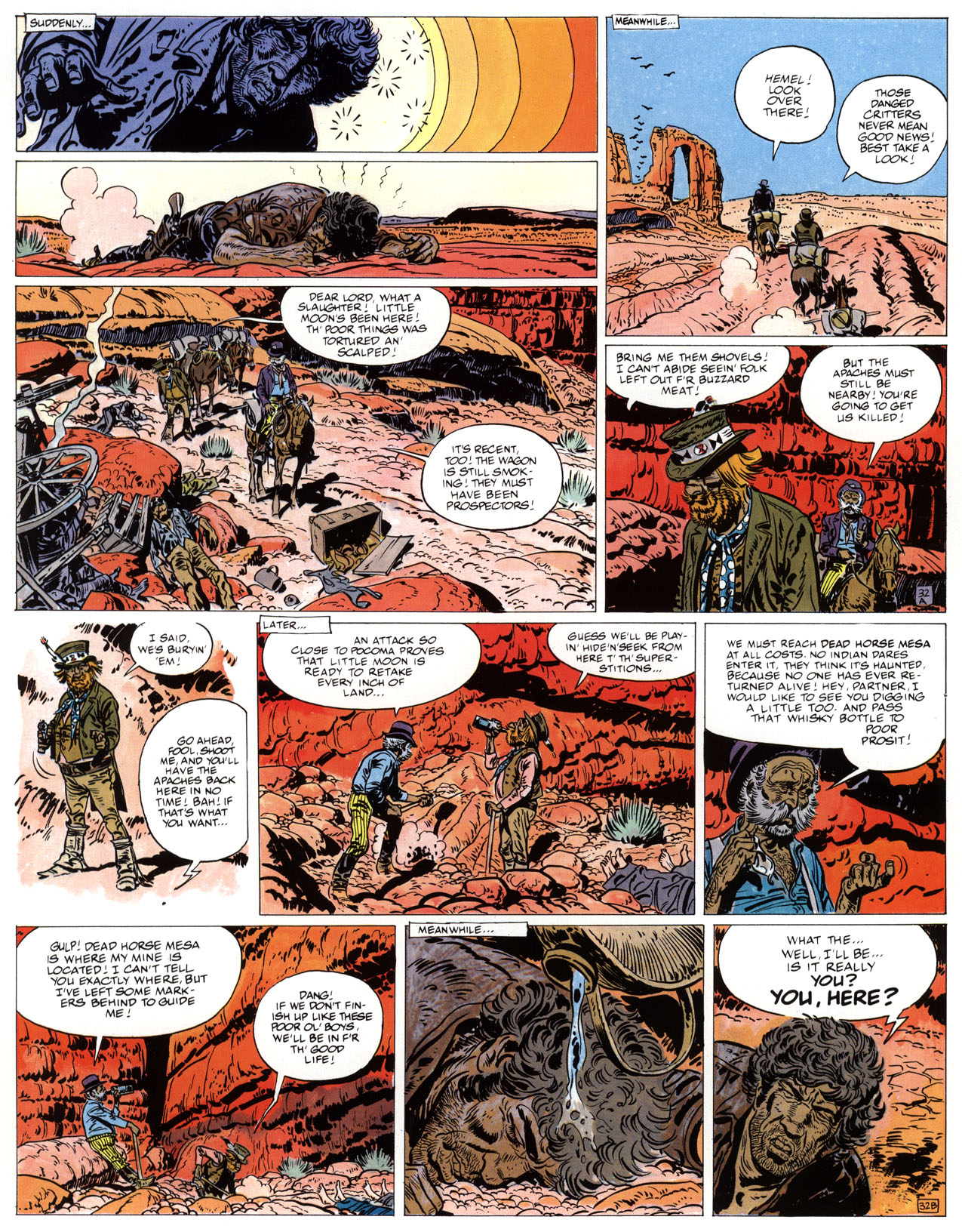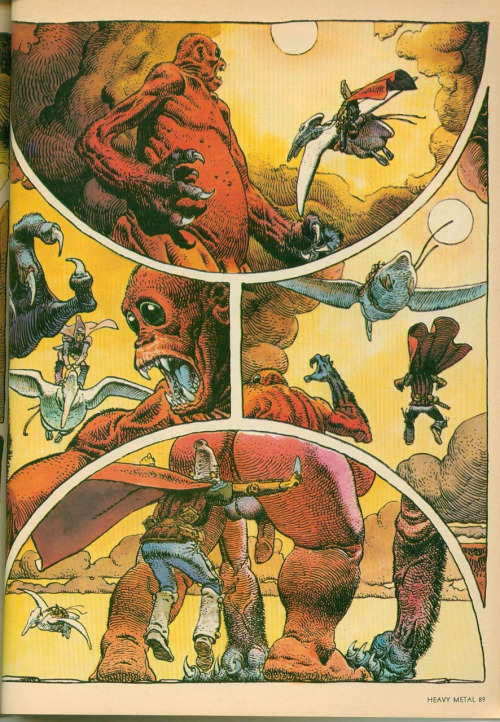I came to Brandon Graham’s Multiple Warheads by way of the Best American Comics 2014 collection and so I was unaware, when I began reading, that it had started life as a sex comic. It came as some surprise, then, when, after around 200 pages of visually packed images, surreal Soviet landscapes and cheap but charming puns, I turned the page to find images of the main protagonist, Sexica, having a large phallic object inserted into her anus, attaching a werewolf penis to her boyfriend, and then having sex with him while he transforms into a wolf.
None of this was entirely without precedent in the chronology of the collected edition – that the main characters enjoy an active sexual relationship is apparent throughout the story. On several occasions they are shown either in bed or lounging around in states of undress and on two other occasions we see the main couple engage in sexual activity.
However, on these occasions, as Eric Mesa argues, Sexia is not drawn as unrealistically proportioned, and the sexual acts depicted (including cunnilinguis) are as much to do with female pleasure as male desire. I would not describe the comic as a shining, or even good, example of pro-sex feminism (if such an ideal even exists) because Graham also consciously presents Sexica as erotic spectacle (at one point he reflects on a 2007 comic ‘I sure drew a lot of butts’). I don’t see the comic as particularly feminist, but I can at least understand Eric Mesa’s argument.
The sex comic, therefore, was not a complete thematic break, but it did run counter to many of the representations of sex and gender in other episodes of the comic. It reverses all of the points Mesa raises. Sexica is drawn with exaggerated proportions. She expresses her discomfort at being anally penetrated and is told that this course of action is better because her unnamed smuggling contact gets to ‘shove it up your butt’. The smuggling contact gives a satisfied ‘Heh’ upon successfully penetrating her. The following series of panels seem to take gleeful delight in depicting her walking with discomfort.
The male gaze is also given more explicit form; when Sexica passes through the security scanner the x-ray labels her body parts ‘tits … ass … leg… leg’ and informs anyone looking at the scanner that her breasts are unevenly sized. This image breaks a female character into parts and presents the male gaze as objective. In sum, the sex comic is problematic not only because of its use of the female body, because it undermines the potentially positive readings which rest of the comic might elicit.
This mix of misogynistic humor and cartoonish eroticism was punctuated, bizarrely, by several overt references to the September 11th terrorist attacks. As the object is fully inserted into Sexica’s anus the sound she makes is represented by an image of the second plane about to hit the Twin Towers.
Later, two security officers monitoring an x-ray scanner are too busy sharing jokes to notice, first, that Sexica is smuggling an illegal item inside her body and, second, two men carrying a comically large explosive device labelled ‘blow yer ass*up’.
I understand what misogynistic erotica was doing in the comic, but why the references to 9/11?
I really don’t know what is happening here, but I have a few ideas. My first thought is that the (perhaps inappropriate) connection between sexual and territorial violation with regard to the September 11th terrorist attacks is well-trodden ground. In Sam Glanzman’s short comic ‘There Were Tears In Her Eyes’ for the collection 9-11: Artists Respond, one character (problematically) compares the destruction of the Twin Towers to the Statue of Liberty being raped. Tonally, however, Multiple Warheads has little in common with the theme of mourning in the 9-11 collection. If anything, Graham seems to engage with what occurred using a discordantly light-hearted register.
This, in itself, could be read as a way to manage one’s fears by parodying them. Graham is a New York resident and, while we cannot presume to know how he was personally affected, I think it is reasonable to assume that it had some impact on him. Perhaps transforming trauma into something visual and tangible, even darkly humorous, is a way to reduce and contain it?
Conversely, the handling of the September 11th terrorist attacks might be read as a tribute to the taboo-breaking which characterised the Underground Comix movement of the 1960s and early 1970s. Underground Comix were, broadly speaking, designed, among other things, to offend the sensibilities of white, hawkish, church-going Americans. Many artists used their medium as a means to give shape to their darker fantasies simply to draw the most violent and depraved acts they could imagine. No topic, however taboo, was off limits. As Sabin argues ‘the comix revelled in every kind of sex imaginable [and] took bloodshed to extremes’ This openness, inevitably, spilled over into misogyny as the genre’s commitment to bearing all positively embraced political insensitivity – if you were offended, Comix declared, that was your problem.
If read as a stylist continuation of the Underground Comix genre, we might therefore understand this episode of Multiple Warheads as designed primarily to test and outright violate boundaries of good taste. The taboos of crypto-beastiality, sexual violence, and of making light of national tragedy seem all to exist within a continuum.
These are all just guesses, though. I am still baffled by the mix of cartoonish eroticism, grotesque and misogynistic humour, and national trauma, and perhaps my theories are just me trying to make sense of something which was never meant to bear analysis. I would be interested to know how others read this.

